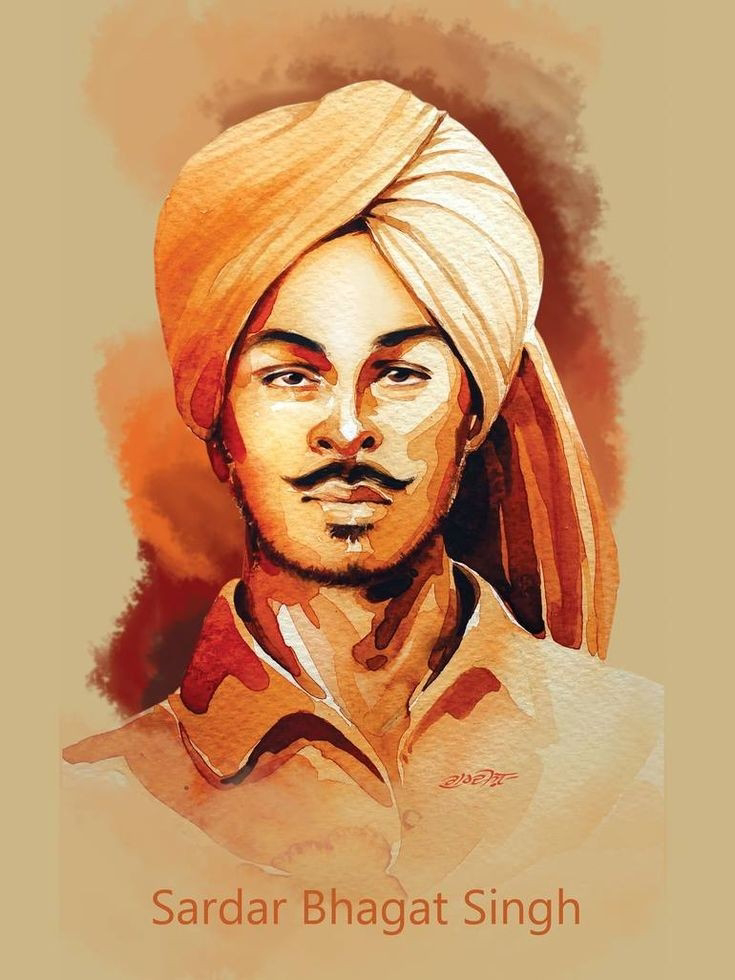((((((((------Ghoomer New Hindi Movie------)))))))
+------------------------------------------------------+
Born
27 September 1907
Banga, Punjab, British India
(now Punjab, Pakistan)
Died
23 March 1931 (aged 23)
Lahore Central Jail, Punjab, British India
(now Punjab, Pakistan)
Cause of death
Execution by hanging
Monuments
Hussainiwala National Martyrs Memorial
Other names
Shaheed-e-Azam
Organization(s)
Naujawan Bharat Sabha
Hindustan Socialist Republican Association
Notable work
Why I Am an Atheist
Movement
Indian independence movement
Criminal charges
Murder of John P. Saunders and Channan Singh[2]
Criminal penalty
Capital punishment
Criminal status
Executed
Parents
Kishen Singh Sandhu (father)
Vidyavati (mother
In December 1928, Bhagat Singh and an associate, Shivaram Rajguru, both members of a small revolutionary group, the Hindustan Socialist Republican Association (also Army, or HSRA), shot dead a 21-year-old British police officer, John Saunders, in Lahore, Punjab, in what is today Pakistan, mistaking Saunders, who was still on probation, for the British senior police superintendent, James Scott, whom they had intended to assassinate.They held Scott responsible for the death of a popular Indian nationalist leader Lala Lajpat Rai for having ordered a lathi (baton) charge in which Rai was injured and two weeks thereafter died of a heart attack. As Saunders exited a police station on a motorcycle, he was felled by a single bullet fired from across the street by Rajguru, a marksman. As he lay injured, he was shot at close range several times by Singh, the postmortem report showing eight bullet wounds.Another associate of Singh, Chandra Shekhar Azad, shot dead an Indian police head constable, Channan Singh, who attempted to give chase as Singh and Rajguru fled.
After having escaped, Bhagat Singh and his associates used pseudonyms to publicly announce avenging Lajpat Rai's death, putting up prepared posters that they had altered to show John Saunders as their intended target instead of James Scott.Singh was thereafter on the run for many months, and no convictions resulted at the time. Surfacing again in April 1929, he and another associate, Batukeshwar Dutt, set off two low-intensity homemade bombs among some unoccupied benches of the Central Legislative Assembly in Delhi. They showered leaflets from the gallery on the legislators below, shouted slogans, and allowed the authorities to arrest them.The arrest, and the resulting publicity, brought to light Singh's complicity in the John Saunders case. Awaiting trial, Singh gained public sympathy after he joined fellow defendant Jatin Das in a hunger strike, demanding better prison conditions for Indian prisoners, the strike ending in Das's death from starvation in September 1929.
Bhagat Singh was convicted of the murder of John Saunders and Channan Singh, and hanged in March 1931, aged 23. He became a popular folk hero after his death. Jawaharlal Nehru wrote about him: "Bhagat Singh did not become popular because of his act of terrorism but because he seemed to vindicate, for the moment, the honour of Lala Lajpat Rai, and through him of the nation. He became a symbol; the act was forgotten, the symbol remained, and within a few months each town and village of the Punjab, and to a lesser extent in the rest of northern India, resounded with his name.In still later years, Singh, an atheist and socialist in adulthood, won admirers in India from among a political spectrum that included both communists and right-wing Hindu nationalists. Although many of Singh's associates, as well as many Indian anti-colonial revolutionaries, were also involved in daring acts and were either executed or died violent deaths, few came to be lionised in popular art and literature as did Singh, who is sometimes referred to as the Shaheed-e-Azam ("Great martyr" in Urdu and Punjabi)
Early life
Bhagat Singh was born into a Punjabi Sikh family on 27 September 1907 in the village of Banga in the Lyallpur district of the Punjab in what was then British India and is today Pakistan; he was the second of seven children—four sons, and three daughters—born to Vidyavati and her husband Kishan Singh Sandhu. Bhagat Singh's father and his uncle Ajit Singh were active in progressive politics, taking part in the agitation around the Canal Colonization Bill in 1907, and later the Ghadar Movement of 1914–1915.
After being sent to the village school in Banga for a few years, Bhagat Singh was enrolled in the Dayanand Anglo-Vedic School in Lahore. In 1923, he joined the National College in Lahore, founded two years earlier by Lala Lajpat Rai in response to Mahatma Gandhi's non-cooperation movement, which urged Indian students to shun schools and colleges subsidized by the British Indian government.
Singh's photo during his first arrest
Police became concerned with Singh's influence on youths and arrested him in May 1927 on the pretext that he had been involved in a bombing that had taken place in Lahore in October 1926. He was released on a surety of Rs. 60,000 five weeks after his arrest.He wrote for, and edited, Urdu and Punjabi newspapers, published in Amritsar and also contributed to low-priced pamphlets published by the Naujawan Bharat Sabha that excoriated the British.He also wrote for Kirti, the journal of the Kirti Kisan Party ("Workers and Peasants Party") and briefly for the Veer Arjun newspaper, published in Delhi. He often used pseudonyms, including names such as Balwant, Ranjit and Vidhrohi.





0 Comments